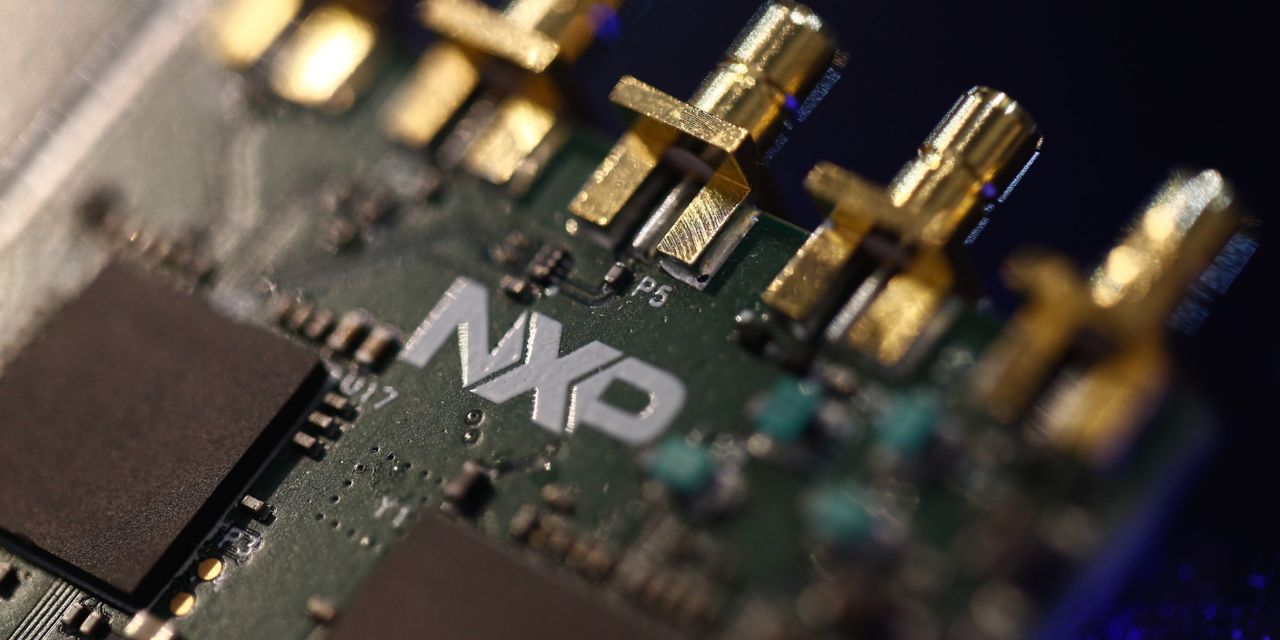NXP Semiconductors
gave investors plenty of positives in its first-quarter earnings report Monday. One analyst is highlighting strong auto-chip sales, among other strengths.
NXP (ticker: NXPI) posted first-quarter revenue of $3.12 billion and adjusted earnings of $3.19 a share, higher than the $3.00 billion and $3.02 a share analysts had penciled in, according to FactSet.
Auto-chip sales clocked in at $1.83 billion for the quarter, climbing 17% from the year-earlier period.
Needham analyst Rajvindra Gill, who rates shares as Strong Buy with a price target of $235, says he is “bullish” on the company’s “strong positioning in automotive,” as the segment comprises about 50% of sales.
“Moreover, we are constructive on the company’s positioning in communications infrastructure and expect them to benefit from the expected acceleration in 5G infrastructure spending in mid-2022,” Gill wrote in a Tuesday report. He said he expect other segments will show strength in the long term.
For the second quarter, the company told investors to expect adjusted earnings of $3.07 to $3.49 a share with revenue between $3.1 billion and $3.3 billion, beating analysts’ expectations.
The results and guidance “underpin a cautious optimism that NXP is successfully navigating through the cyclical downturn in our consumer-exposed businesses, while we see continued strength in our automotive and core-industrial businesses,” said Chief Executive Officer Kurt Sievers in the earnings release.
In other news, the company said Tuesday it will collaborate with Chinese electric-vehicle producer
NIO
(
NIO
) on the deployment of high-resolution imaging radar.
“The cars will be able to detect and classify objects such as other vehicles and vulnerable road users in high-way and complex urban scenarios and at distances of up to 300m, bringing more safety to the roads and driving comfort for end users,” NXP said in a news release.
NXP stock was up 1.9% to $169.13 in Tuesday trading. So far this year, shares have gained 7%.
Write to Emily Dattilo at [email protected]
Read the full article here


